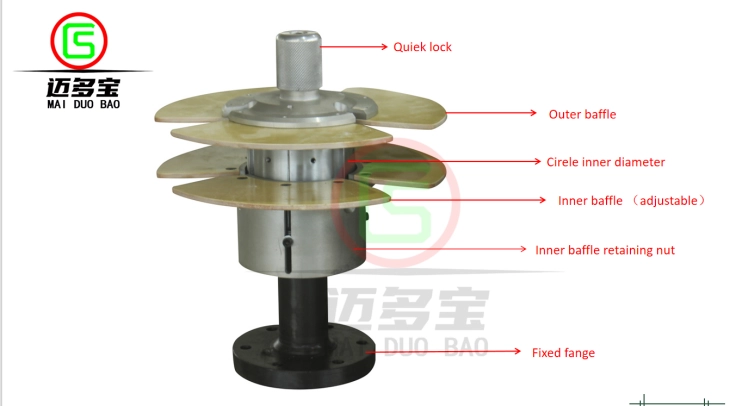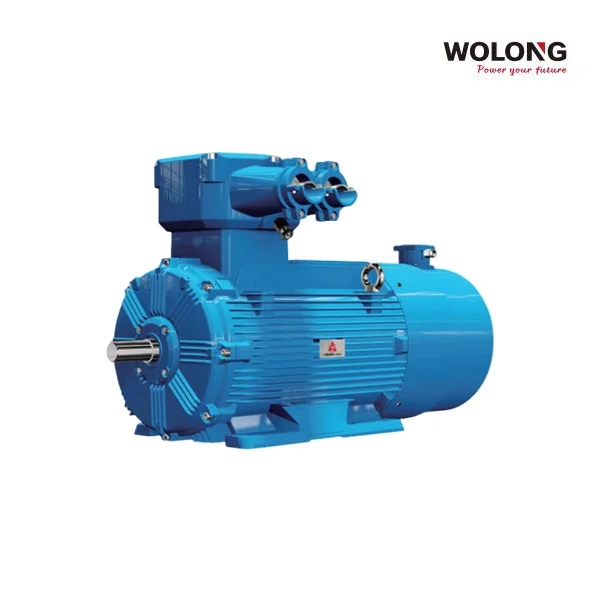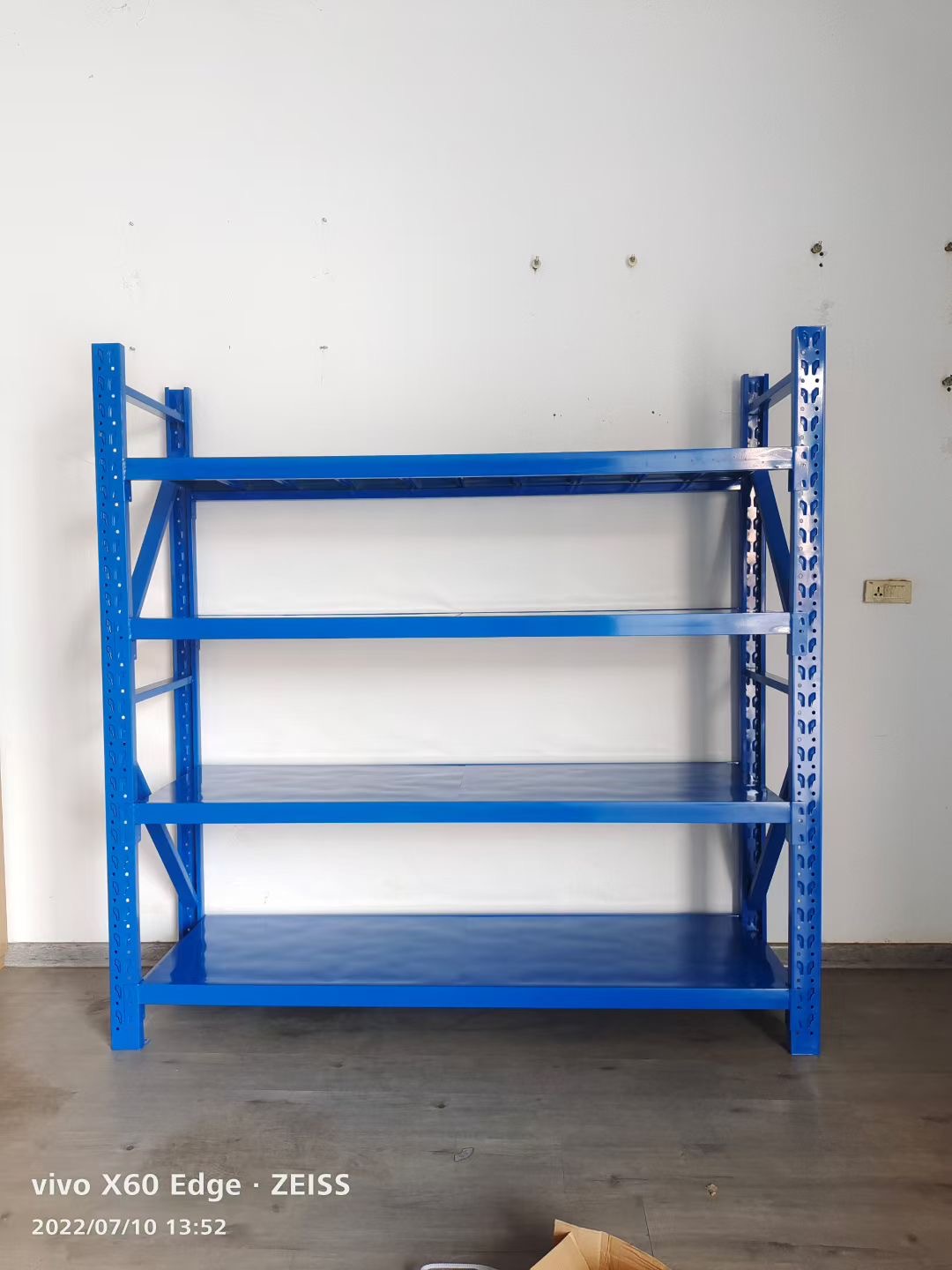In today's fast-paced and competitive business landscape, preventive maintenance has become a crucial aspect of ensuring the smooth operation and longevity of equipment and machinery. By proactively identifying and addressing potential issues before they escalate, organizations can minimize downtime, reduce costs, and optimize productivity. In this blog post, we will delve into the five types of preventive maintenance strategies that industry experts employ to maintain their assets effectively.
- Time-Based Maintenance:
Time-based maintenance is the most common and traditional approach to preventive maintenance. It involves scheduling routine inspections, servicing, and replacements based on predetermined time intervals. This method is suitable for equipment with predictable failure patterns or components that degrade over time, such as filters, belts, and lubricants. However, it may not be cost-effective for assets that experience irregular usage patterns or have varying maintenance requirements. - Usage-Based Maintenance:
Unlike time-based maintenance, usage-based maintenance focuses on the actual utilization of equipment. By monitoring key performance indicators like operating hours, cycles, or production output, maintenance activities can be scheduled based on the asset's usage. This approach is particularly effective for assets that experience heavy usage or have critical components that wear out due to operational stress. Implementing condition monitoring techniques, such as vibration analysis or oil analysis, can provide valuable insights for optimizing usage-based maintenance schedules. - Predictive Maintenance:
Predictive maintenance leverages advanced technologies, such as sensors, data analytics, and machine learning algorithms, to predict equipment failures accurately. By continuously monitoring real-time data, including temperature, pressure, vibration, and energy consumption, potential issues can be detected and addressed before they cause significant disruptions. This proactive approach minimizes unplanned downtime, optimizes maintenance costs, and extends the lifespan of assets. However, implementing predictive maintenance requires robust data collection systems, analytics capabilities, and expertise in interpreting the results. - Condition-Based Maintenance:
Condition-based maintenance focuses on the actual condition of equipment components rather than relying on fixed schedules or usage patterns. It involves regular inspections, testing, and analysis of critical parameters to determine the asset's health and identify any signs of deterioration or impending failure. Techniques such as thermography, ultrasonic testing, and non-destructive testing are commonly employed to assess the condition of assets. This approach allows maintenance activities to be tailored based on the actual condition, optimizing resource allocation and reducing unnecessary maintenance. - Reliability-Centered Maintenance:
Reliability-centered maintenance (RCM) is a comprehensive approach that aims to optimize maintenance strategies based on the criticality and impact of equipment failures on overall operations. It involves analyzing the functions, failure modes, and consequences of failure for each asset and developing customized maintenance plans accordingly. By prioritizing maintenance efforts on critical assets and focusing on failure prevention rather than routine tasks, RCM maximizes equipment reliability, safety, and performance. Implementing RCM requires a deep understanding of asset criticality, failure modes, and the ability to perform risk assessments effectively.
Conclusion:
Preventive maintenance plays a vital role in ensuring the smooth operation and longevity of equipment and machinery across various industries. By implementing the appropriate preventive maintenance strategy, organizations can minimize downtime, reduce costs, and optimize productivity. Whether it is time-based, usage-based, predictive, condition-based, or reliability-centered maintenance, industry experts must carefully evaluate their assets' requirements and choose the most suitable approach. By staying proactive and leveraging advanced technologies, organizations can stay ahead of potential failures, enhance operational efficiency, and drive sustainable growth.





